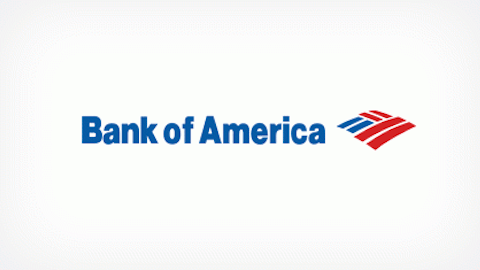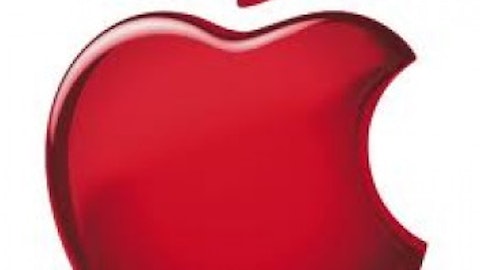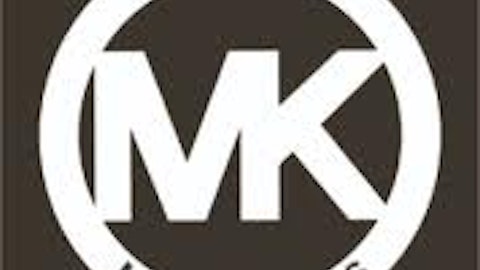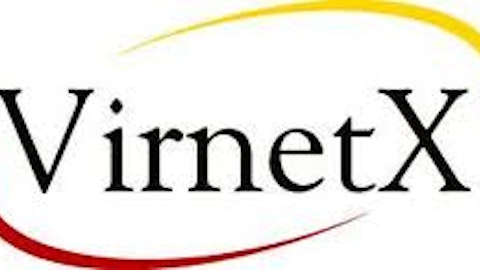Google Inc (NASDAQ:GOOG) unveiled its new Chromebook Pixel, this time under its own branding, that appears to be aimed directly at Apple Inc. (NASDAQ:AAPL)’s MacBook line. At a price of $1,299 for the WiFi only model ($1,499 for the LTE model), the Pixel is priced in the middle of Apple’s notebook range. Google Inc (NASDAQ:GOOG) has flirted with building its own devices for the past few years, but this is its first branded ultrabook launch.
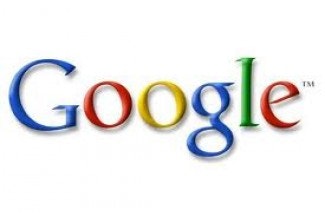
– 1.8 GHz Intel Corporation (NASDAQ:INTC) Core i5 processor
– 4 GB of RAM
– 32 GB (WiFi version) and 64 GB (LTE version) of flash storage
– Over 5 hours of battery life
– 12.85″ 239 ppi Gorilla Glass touch-screen display with a 3:2 aspect ratio
– 1 TB of cloud storage for three years
Spec-wise it’s in line with most laptops in its price range, despite being a bit light on hard-drive space. According to Google Inc (NASDAQ:GOOG), hard-drive space shouldn’t be an issue since its Chrome OS is cloud-based and the device comes with three years of storage. The problem is, for all the hype surrounding the cloud, it just isn’t quite there yet.
While it clearly puts other laptop manufacturers on notice, it doesn’t seem like they need to be worried about Google Inc (NASDAQ:GOOG)’s offerings just yet. It is clear Google can pull off slick industrial design and deliver an impressive looking product, but it falls short. Even within the Chromebook ecosystem the Pixel seems out of place, priced well above most of its compatriots but delivering essentially the same experience. Other Chromebooks, including those built by Samsung, Hewlett-Packard Company (NYSE:HPQ), and Acer, are a fraction of the cost, topping out at around $500.
The major issue is the OS, which while innovative, lacks the depth of the competition. For $1,300 one can easily get a full featured ultrabook, complete with either Apple’s OS X or Microsoft Corporation (NASDAQ:MSFT)’s Windows 8. In either case options are far less limited and cover a wide scope of software demands. Obviously as Google Inc (NASDAQ:GOOG) continues to develop Chrome OS this will become less of an issue, but as it currently stands the Pixel is clearly a first generation device. Subsequent iterations could dominate the market, but it seems the current incarnation is less substantive than one would hope.
The screen is a primary example of this. While it is clearly an impressive feat of engineering, the choice of aspect ratio seems like a misstep. The 3:2 aspect ratio is traditionally used by photographers due to 35 mm film, so it does mesh with Google’s implication that the Pixel would be ideal for photographers, but it also is a major departure from most computers. Most laptops (and TVs for that matter) have either 4:3 or 16:9 aspect ratios, which means as amazing as the screen may be, most media is optimized for displays other than its own. Another issue is the resolution and the demands it will place on both the battery and the Intel Corporation (NASDAQ:INTC) graphics. While five hours of battery life isn’t bad, a less ambitious screen would have allowed Google to push the envelope on longevity. Increased longevity would help and better fits the light, ready to go feel of the Chrome OS.
